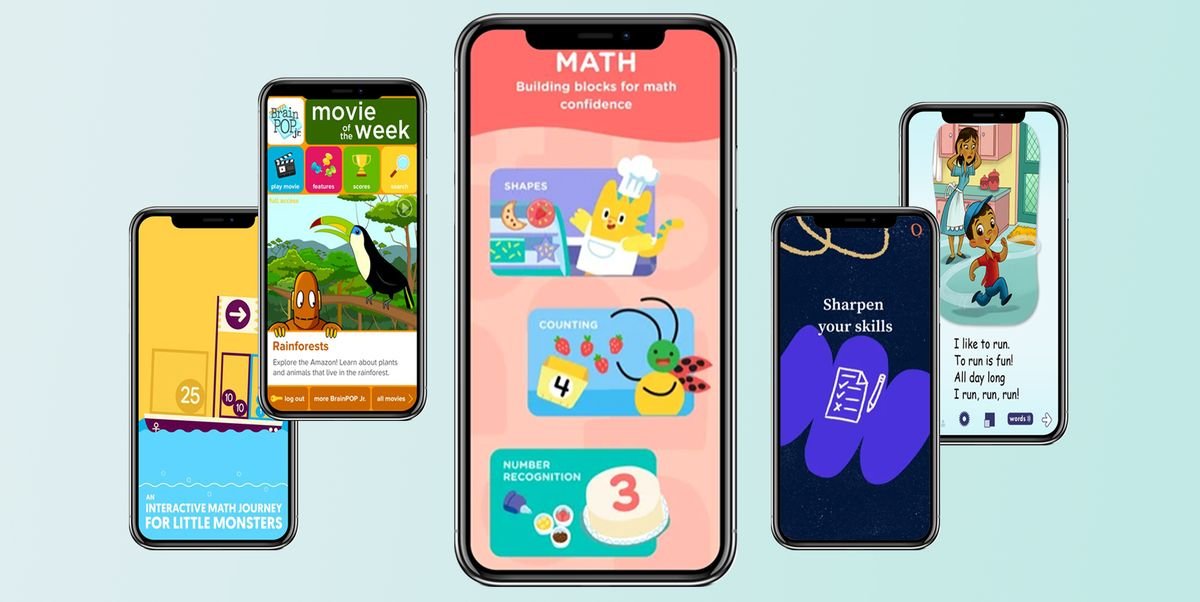
In today’s digital age, children are growing up in a world surrounded by technology. Mobile devices, tablets, and smartphones have become a ubiquitous part of their lives, offering a wealth of educational and entertaining apps. While these apps can be valuable tools for learning and entertainment, parents face the challenge of selecting age-appropriate content for their children. This parental guide will explore the factors to consider when choosing apps for kids, the types of apps available, and tips for ensuring a safe and enriching digital experience.
Factors to Consider
1. Age and Developmental Stage
One of the most critical factors in choosing apps for children is considering their age and developmental stage. Apps are typically designed with specific age groups in mind, and they should align with a child’s cognitive and emotional development. An app that is suitable for a preschooler may not be appropriate for a teenager.
2. Educational Value
Parents should prioritize apps that offer educational value. Look for apps that teach essential skills, such as math, language, science, and problem-solving. Educational apps can make learning fun and engaging while supporting a child’s academic growth.
3. Content and Themes
Examine the content and themes of the app. Ensure that the app’s content aligns with your family’s values and beliefs. Some apps may feature violence, inappropriate language, or mature themes that are not suitable for children. Be vigilant in reviewing app descriptions and user reviews.
4. Interactivity
Interactive apps can enhance a child’s engagement and critical thinking skills. Look for apps that encourage interaction, creativity, and exploration. Games and activities that require problem-solving or decision-making can be particularly beneficial.
5. Privacy and Safety
Privacy and safety are paramount when selecting apps for kids. Check whether the app collects personal information or includes advertisements. Review the app’s privacy policy to understand how data is handled. Opt for apps with robust parental control settings to ensure a safe digital environment.
Types of Apps
1. Educational Apps
Educational apps are designed to promote learning in various subjects. They can help children develop literacy, numeracy, and critical thinking skills. Many educational apps are interactive, offering quizzes, puzzles, and tutorials. Examples include Duolingo for language learning and Khan Academy for math and science.
2. Entertainment Apps
Entertainment apps provide hours of fun and amusement. They include games, storytelling apps, and multimedia content like videos and music. These apps can be entertaining and engaging while allowing children to unwind and enjoy creative activities. Popular choices include Minecraft, LEGO Tower, and YouTube Kids.
3. Creativity Apps
Creativity apps encourage children to express themselves through art, music, and storytelling. They often feature drawing tools, music composition, and digital storytelling platforms. Creative apps nurture imagination and self-expression. Notable examples include Toca Life World and Procreate for digital art.
4. Productivity Apps
Productivity apps can help older children and teenagers stay organized and manage their tasks and responsibilities. These apps include calendars, note-taking tools, and task managers. While they may not be suitable for young children, they can be valuable for adolescents preparing for school and extracurricular activities.
Tips for Safe App Usage
1. Set Screen Time Limits
Establish screen time limits to ensure that children do not spend excessive hours on devices. The American Academy of Pediatrics recommends specific guidelines for screen time based on a child’s age.
2. Use Parental Controls
Utilize parental control settings provided by app stores and devices. These settings allow parents to restrict content, set time limits, and monitor app usage. Parental control apps can also provide additional safeguards.
3. Review App Content
Before allowing your child to use an app, review its content, including in-app purchases and advertisements. Ensure that the app aligns with your family’s values and is suitable for your child’s age.
4. Encourage Balance
Encourage a balance between screen time and physical activity. Encourage outdoor play, reading, and family activities to ensure a well-rounded upbringing.
5. Stay Informed
Stay informed about the apps your child is using. Regularly check for app updates, read user reviews, and be aware of any changes in content or privacy policies.
Final Thoughts:
Choosing age-appropriate apps for kids is a crucial responsibility for parents in the digital age. By considering factors such as age, educational value, content, interactivity, privacy, and safety, parents can provide their children with a safe and enriching digital experience. With the right guidance, children can harness the educational and creative potential of technology while staying safe and balanced in their digital interactions.
